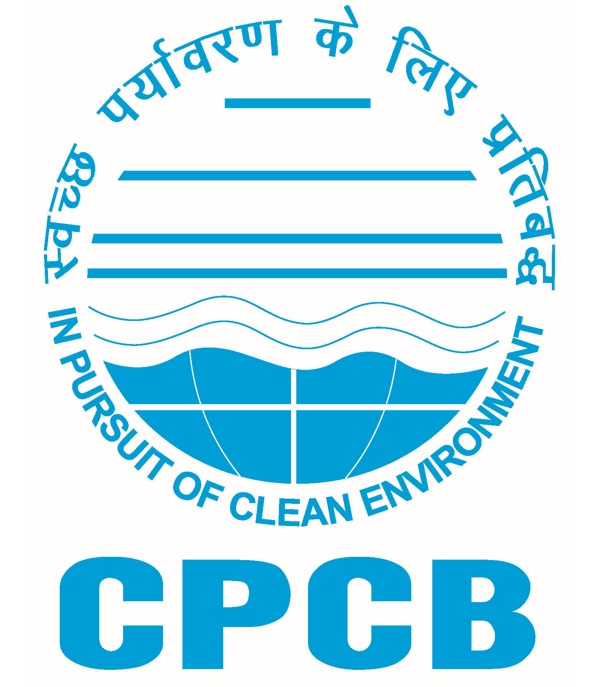| Name of the SoP |
SoP No. |
SoP Type |
Year of Publication |
|
102 |
 |
2024 |
|
101 |
 |
2024 |
|
100 |
 |
2024 |
|
99 |
|
2024 |
|
98 |
|
2024 |
|
97 |
|
2024 |
|
96 |
|
2023 |
|
95 |
|
2023 |
|
94 |
|
2023 |
|
93 |
|
2023 |
|
92 |
|
2023 |
|
91 |
|
2023 |
|
90 |
|
2023 |
|
89 |
|
2023 |
|
88 |
|
2023 |
|
87 |
|
2023 |
|
86 |
|
2023 |
|
85 |
|
2023 |
|
84 |
|
2022 |
|
83 |
|
2022 |
|
82 |
|
2022 |
|
81 |
|
2022 |
|
80 |
|
2022 |
|
79 |
Revised |
2024 |
|
New |
2022 |
|
78 |
|
2022 |
|
77 |
Revised |
2022 |
| New |
2022 |
|
76 |
Revised |
2022 |
| New |
2022 |
|
75 |
|
2021 |
|
74 |
|
2021 |
|
73 |
|
2021 |
|
72 |
|
2021 |
|
71 |
|
2021 |
|
70 |
|
2021 |
|
69 |
|
2021 |
|
68 |
|
2021 |
|
67 |
|
2021 |
|
66 |
|
2021 |
|
65 |
|
2021 |
|
64 |
|
2021 |
|
63 |
|
2021 |
|
62 |
Revised |
2021 |
| New |
|
61 |
|
2021 |
|
60 |
|
2021 |
|
59 |
|
2020 |
|
58 |
|
2020 |
|
57 |
|
2020 |
|
56 |
|
2020 |
|
55 |
|
2020 |
|
54 |
|
2019 |
| |
53 |
Revised |
2020 |
| |
2019 |
| |
52 |
Revised |
2022 |
| |
2019 |
|
51 |
|
2019 |
| |
50 |
Revised |
2019 |
| |
2019 |
| |
49 |
Revised |
2022 |
| Revised |
2022 |
| |
2019 |
| |
48 |
Revised |
2019 |
| |
2018 |
|
47 |
|
2018 |
|
46 |
|
2018 |
|
45 |
|
2018 |
|
44 |
|
2018 |
| |
43 |
Revised |
2022 |
| |
2020 |
| |
2018 |
|
42 |
|
2017 |
|
41 |
|
2017 |
|
40 |
|
2017 |
|
39 |
|
2017 |
|
38 |
|
2017 |
|
37 |
|
2017 |
|
36 |
|
2017 |
|
35 |
|
2017 |
|
34 |
|
2017 |
|
33 |
|
2017 |
|
|
32 |
Revised |
2021 |
| |
2019 |
| |
2017 |
|
31 |
|
2017 |
|
30 |
|
2017 |
| |
29 |
Revised |
2020 |
| |
2017 |
| |
2016 |
|
28 |
|
2017 |
|
27 |
|
2017 |
|
26 |
|
2017 |
|
25 |
|
2017 |
|
24 |
|
2016 |
|
23 |
|
2017 |
|
22 |
|
2016 |
|
21 |
|
2017 |
| (b) Utilization of Hydro Fluoro Silicic Acid Generated From Single Super Phosphate Fertilizer Industries |
20 |
Revised |
2020 |
| |
2016 |
|
19 |
|
2016 |
|
12 |
Revised |
2021 |
|
|
1-18 |
Revised |
2021 |
| |
|
| |
|
| |
2016 |


















